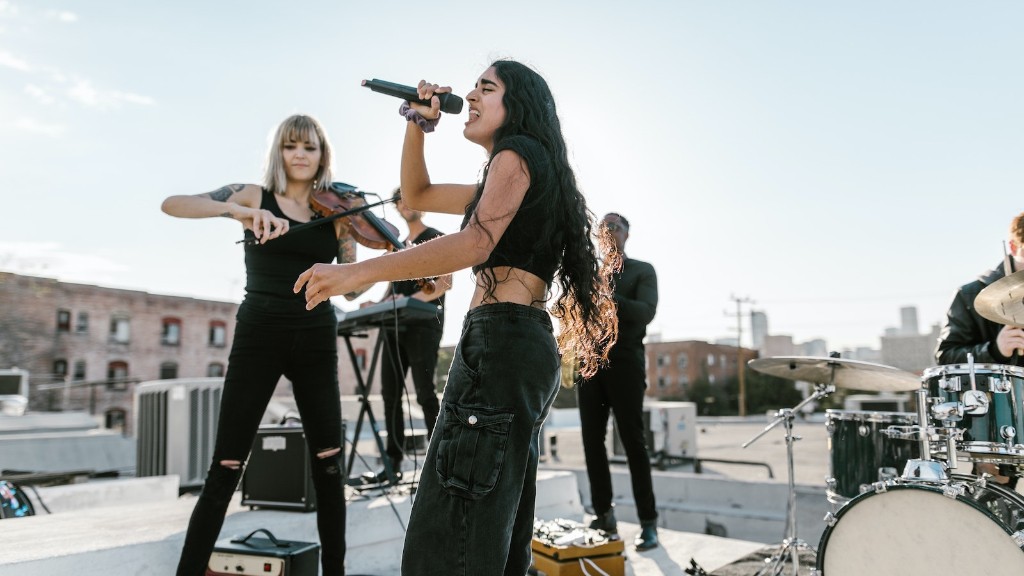Have you ever wanted to draw a bull dog? Drawing one requires lots of hard work and dedication, but if you stick to it, you just might be able to capture the perfect pupper’s pose. Here are a few handy tips on how to draw a bull dog.
1. Utilize reference materials
Whenever beginning a new drawing, it’s always helpful to have reference materials, either photos or real dogs, that you can closely examine in order to accurately represent them. Having the real thing can help you understand the proportions better and provide insight into the energy and expressions that different poses evoke.
It can also help you to break down bulldogs’ anatomy in more detailed ways. Paws, tails, eyes and snouts can be the toughest to nail at a realistic level and understanding the subtleties can go a long way. If you don’t have real life models available to you, there are plenty of great sites and applications where you can find some reference images.
2. Utilize the Rule of Thirds
The rule of thirds is a visually pleasing guideline many artists use when creating anything from paintings to photographs. It’s essentially an invisible grid, equally splitting the image into thirds on both the horizontal and vertical axis. Some think of it as a sort of ‘golden ratio’ of design. While the rule of thirds won’t necessarily make or break any piece of art, it can act as a nice guideline for creating striking images.
When placing lines, shapes or objects within the grid, try to make them intentionally offset or jagged instead of perfectly straight, as this can make a design more visually appealing. While the rule of thirds can be used in tons of different art forms, it can also be especially useful when you’re sketching a bulldog. Knowing where to place the ears and the eyes in relation to each other can help create a more balanced look and can be easily achieved by following the lines of your grid.
3. Use texture to add depth
Adding texture to your drawing is a great way to make the bulldog you’re sketching appear more detailed and lifelike. This can be achieved by shading with different levels of darkness, creating jagged lines, or adding fine little details. Making use of different pencil strokes or hatching techniques also adds a nice texture to the overall piece.
Using the kneaded eraser is also another great tool for creating nice textures, especially for light and fluffy fur. Experiment until you get the desired look. Keep in mind that the darker the shadows, the lighter the highlights should be and the more realistic your finished drawing will look.
4. Use perspective to add dimension
Using different levels of perspective can add more depth and believability to a drawing, even if it’s of something as basic as a bulldog. Less experienced artists sometimes struggle with understanding these concepts, such as linear and atmospheric perspective, head and eye level perspective etc., so take some time to research and adjust your techniques accordingly.
Using perspective correctly can really make your image stand out, as it gives more depth to the overall composition. It can be especially helpful when drawing a full-length, three-dimensional being such as a bulldog, as it can help with placement and proportion, which is especially important for a more realistic look. Take note of where the light source is coming from, as this will determine the placement and shape of the various shadow areas.
